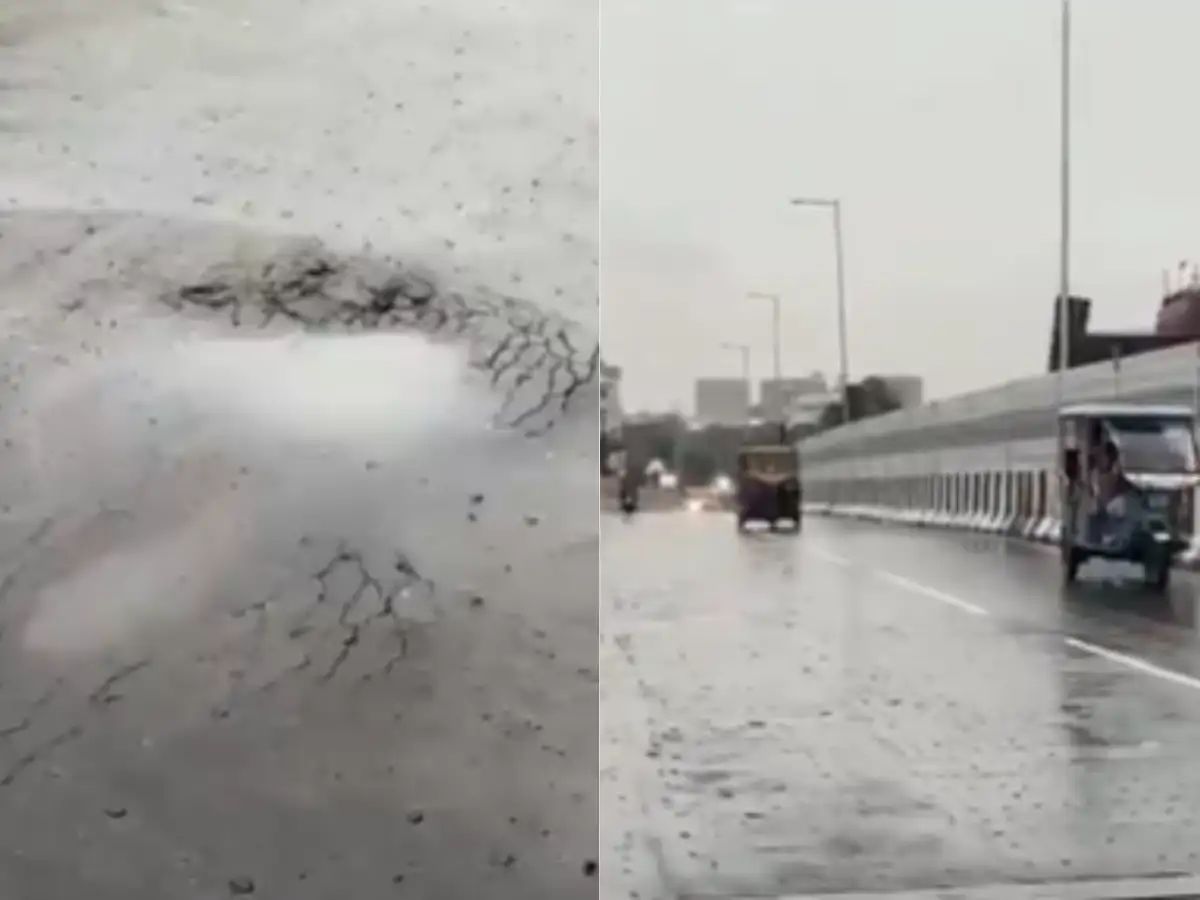 Image Source: Times Of India
Image Source: Times Of India
Patna, the capital city of Bihar, finds itself at the center of infrastructure scrutiny after a newly inaugurated flyover worth Rs 422 crore developed a large crater barely weeks after opening to the public. The incident, which occurred in the wake of intense monsoon rainfall, has triggered public concern, political controversy, and urgent calls for quality assurance in public infrastructure projects.
Key Highlights of the Patna Flyover Incident
The compromised section belongs to the Chiraiyatand-Patna Junction flyover, one of the city’s costliest and most awaited projects, designed to ease perennial traffic jams in central Patna.
The flyover was inaugurated with much fanfare just three weeks ago, touted as a hallmark of urban development and connectivity.
Following several days of heavy rainfall, commuters noticed a sizable crater—measuring nearly 3 feet wide and cutting deep into the recently laid road surface—prompting authorities to immediately cordon off the section for safety and diversion of vehicular traffic.
Images and videos of the crater circulated widely on social media, fueling outrage about construction quality and the urgency of independent audits.
Questions Raised Over Construction Quality and Oversight
Initial inspections by the Bihar Road Construction Department indicated issues related to water drainage and possible lapses in waterproofing or compaction under the road layer.
Early findings suggest that rainwater seepage, potentially exacerbated by poor asphalt or substandard raw materials, may have weakened the road’s foundation faster than expected.
The investigating team has been tasked with submitting a detailed report and fixing responsibility, with the possibility of blacklisting or penalizing the involved contractor if negligence is proven.
The incident has reignited debate over the effectiveness of quality control mechanisms in large-scale infrastructure projects—especially in areas regularly exposed to severe weather.
Public Outcry and Political Reaction
Local residents and daily commuters have expressed frustration, citing inconvenience and renewed doubts over the safety of other new flyovers and roads in the state.
Political parties in the opposition have seized the moment, demanding a comprehensive probe, accountability for public funds, and stricter penalties for those found guilty of shoddy work.
Bihar Chief Minister’s Office has instructed a special technical committee to fast-track its assessment and ensure that reparative measures are completed with full transparency.
Broader Context: Infrastructure Under Pressure
The Patna flyover was constructed to withstand heavy traffic loads and provide relief to one of the busiest intersections in the city.
Experts note that the incident reflects larger systemic issues plaguing infrastructure works in several Indian states: rushed execution, weak supervision, and insufficient adaptation to extreme climate events.
Municipal authorities face challenges in keeping up with the pace of urbanization and increased rainfall intensity linked to changing weather patterns.
Immediate and Long-Term Remedies
The damaged segment is undergoing rapid repairs with reinforced material and further inspection of adjoining stretches for similar vulnerabilities.
Authorities are examining whether the project met all technical and safety standards, including drainage design and subsoil treatment, before public use.
Calls are mounting for the establishment of independent, third-party quality audits for major public works, along with real-time monitoring of construction stages.
In the longer term, experts stress the need for storm-resilient infrastructure, regular maintenance, and transparent contracting procedures to prevent repeat occurrences.
Public Safety First
Commuters are urged to avoid the affected section and observe traffic advisories while repairs are underway.
The city administration has promised improved signage, rapid emergency assistance, and communication to minimize further risk and inconvenience.
Looking Ahead
The Patna flyover incident is likely to shape discussions around urban planning, public safety, and construction accountability, not only in Bihar but also in other Indian cities contending with similar growth and weather pressures.
Only with robust oversight, innovative engineering, and honest governance can such costly lessons lead to safer, more resilient public infrastructure.
Sources: Times of India, Hindustan Times
Advertisement
Advertisement





